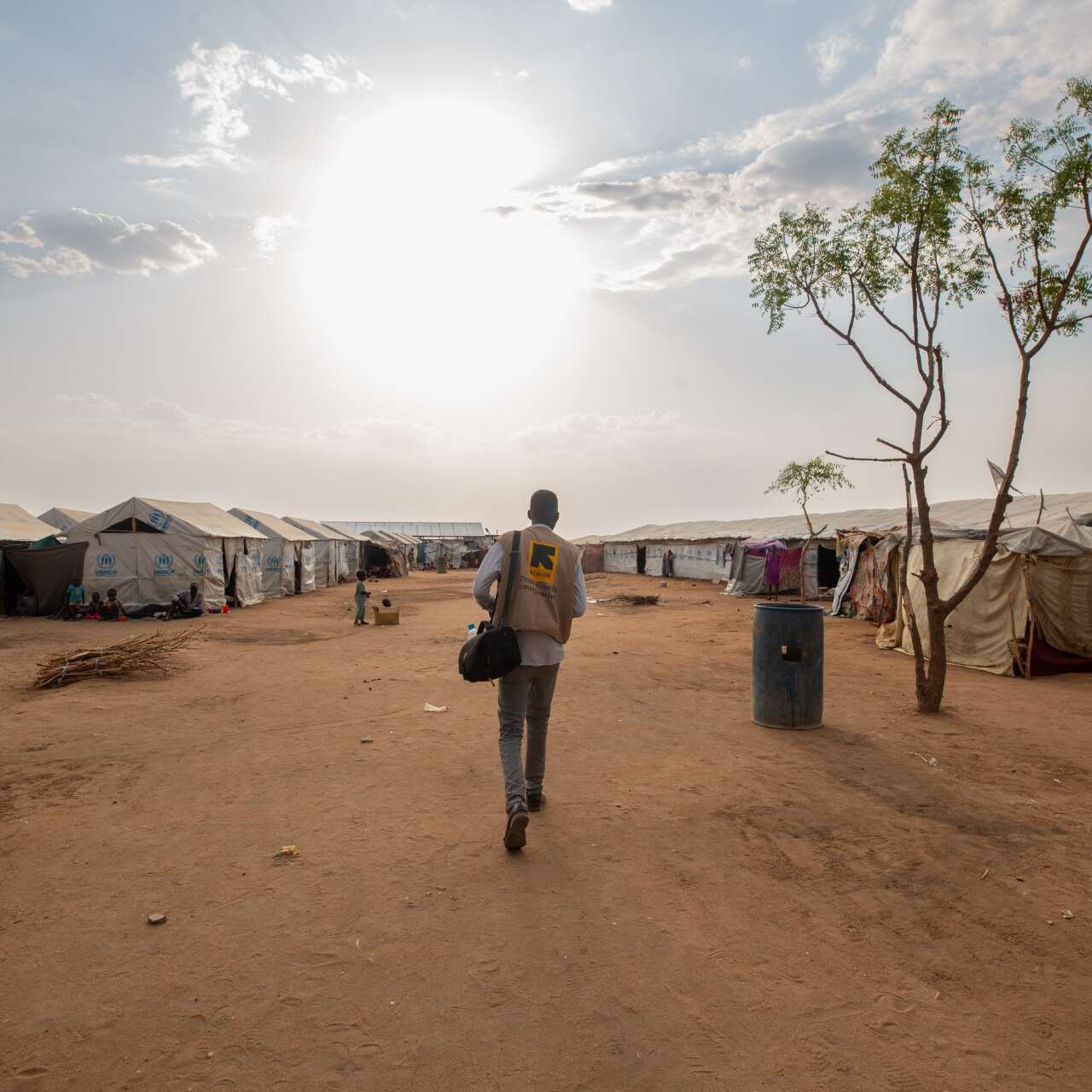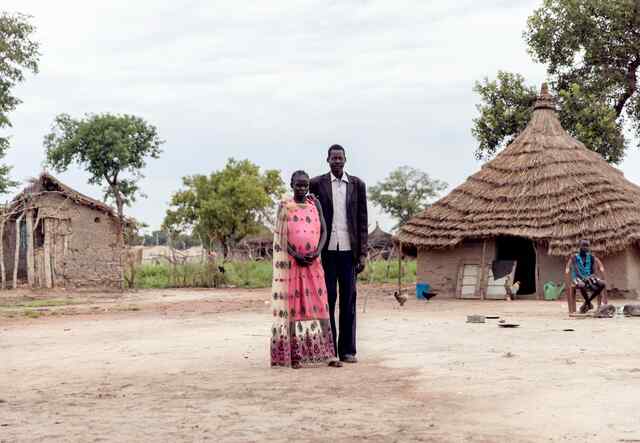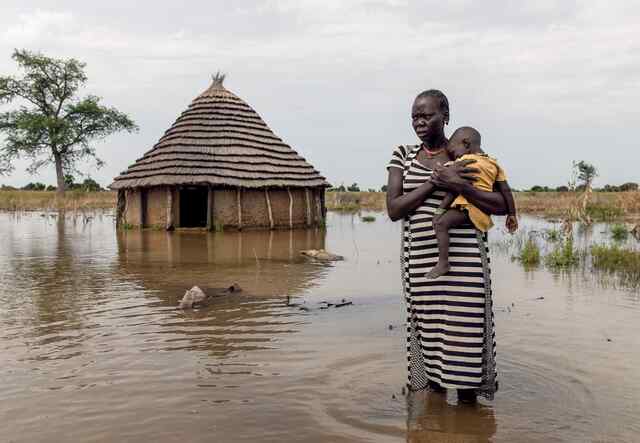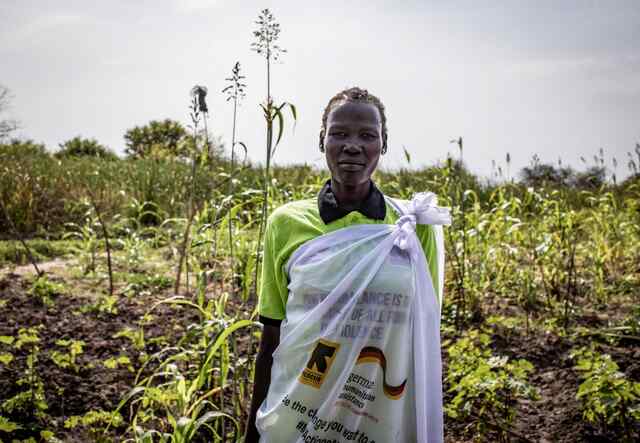
Crisis in South Sudan: What you need to know and how to help
Here are four reasons why South Sudan ranks fifth on the International Rescue Committee’s 2025 Emergency Watchlist.

Here are four reasons why South Sudan ranks fifth on the International Rescue Committee’s 2025 Emergency Watchlist.
South Sudan has endured insecurity since its independence in 2011. Now, the spillover effects of the war in Sudan, political instability and the climate crisis land South Sudan in fifth place on the International Rescue Committee’s (IRC) Emergency Watchlist—a report of the countries most likely to experience a new or worsening humanitarian crisis.
Although an uneasy peace between the two main parties in the country’s civil war (2013- 2018) remains, new challenges are deepening needs in South Sudan. Currently, 9.3 million people in South Sudan require humanitarian assistance, amounting to 69% of the population.
Read on to learn more about the crisis in South Sudan and what the IRC is doing to help.
South Sudan faces economic collapse, political instability, worsening food insecurity and climate shocks. Without urgent action, these challenges could deepen the country’s humanitarian crisis.
The ongoing war in Sudan has created a growing economic crisis for South Sudan. Almost all of South Sudan’s government income comes from oil, which must be exported through Sudan. As of the publication of the 2025 Emergency Watchlist, South Sudan is trying to restart oil exports after months of disruption caused by damage to a pipeline in Sudan. The drop in oil exports has hurt South Sudan’s economy, leaving the government unable to pay its workers.
Families are struggling with hyperinflation, a steep drop in the value of their currency, and food prices that were over 95% higher in July 2024 compared to the previous year. The war in Sudan puts South Sudan’s entire economy at serious risk of collapse.

Ongoing insecurity in South Sudan puts civilians—especially women and children—at high risk of violence, exploitation and abuse. Local conflicts could intensify in 2025 as economic problems lead to more violence. South Sudan’s first elections have been repeatedly delayed, leading to a series of protests. Meanwhile, the peace deal that ended the 2013–2018 civil war is set to expire in February 2025.
At the same time, rising political and regional tensions could push the country into a larger conflict, including pulling South Sudan into Sudan’s civil war. Since April 2023, over 878,000 people fleeing Sudan have arrived in South Sudan, increasing the chance of violent disputes over land, housing and property.

Humanitarian workers continue to face significant risks in 2025, with at least 28 attacks on aid workers in 2024 and over 260 incidents restricting access to aid in just the first seven months of the year. These disruptions leave countless communities without the assistance they desperately need.
Looking ahead to 2025, the stakes are even higher. An estimated 2.1 million children are projected to endure acute malnutrition while 63,000 people will face the worst level of food insecurity (IPC 5), where starvation is a daily threat. South Sudan remains one of the most dangerous places for aid workers, compounding the challenges of addressing this escalating crisis.
For the last five years, floods have left 1 million people vulnerable to waterborne diseases, displacement and extreme levels of malnutrition. In late 2024, flooding displaced over 76,000 people, while 53,000 farmers and cattle keepers lost their crops and livestock, further straining South Sudan’s fragile food supply.
Without immediate support for climate adaptation, South Sudan—ranked as the second most vulnerable country to climate risks—faces a grim outlook 2025. Additional flooding could trigger widespread hunger and even famine in remote areas, leaving countless lives hanging in the balance.

With more than 900 full-time staff members, the IRC in South Sudan provides critical primary and reproductive health, nutrition, environmental health, protection, and economic recovery and resilience services. We partner with national and state authorities, as well as local organizations, to strengthen health systems and support displaced populations.
Since the beginning of the war in Sudan, the IRC has been responding to the arrival of both refugees and returnees in South Sudan. We ensure that emergency needs are met and addressed at points of entry.

Donate now to support the IRC's life-changing work in Sudan and worldwide. We provide critical aid to crisis-affected people in more than 40 countries, including places on the 2025 Emergency Watchlist.
Read more about the top 10 crises the world can’t ignore in 2025 and learn more about the IRC's 2025 Emergency Watchlist.